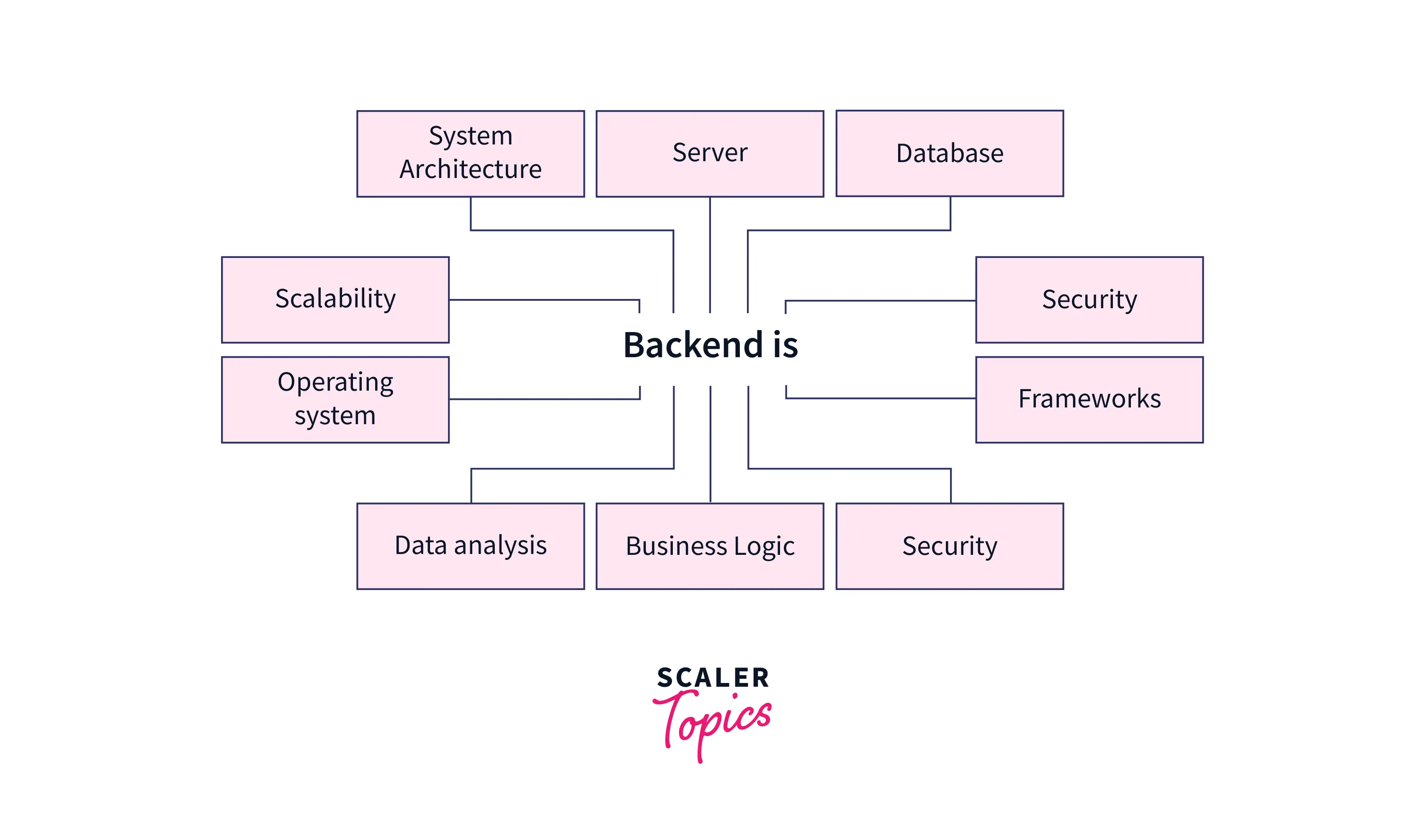Pulse of Information
Stay updated with the latest news and insights.
Behind the Code: Secrets of Back-End Development
Uncover the hidden gems of back-end development! Explore secrets that elevate your coding skills and boost your projects to the next level.
Understanding RESTful APIs: The Backbone of Web Applications
Understanding RESTful APIs is crucial for anyone involved in web development or application integration. REST, which stands for Representational State Transfer, is an architectural style that allows developers to build scalable web services. By adhering to RESTful principles, APIs enable seamless communication between clients and servers, allowing for efficient data retrieval and manipulation. This efficiency is achieved by utilizing standard HTTP methods such as GET, POST, PUT, and DELETE, making it easier for different systems to interact and share information.
One of the defining features of RESTful APIs is their ability to interact with various data formats, with JSON and XML being the most popular. This flexibility not only enhances the client-server relationship but also allows developers to create rich, user-friendly interfaces that drive engagement. As a result, understanding how to design and implement RESTful APIs is essential for modern web application development, fostering innovation and enhancing functionality in a world where data exchange is increasingly vital.

Why Database Optimization Matters: Secrets to Enhancing Performance
Database optimization is a crucial factor for enhancing the performance of your applications. When databases are not properly optimized, they can become slow and inefficient, leading to poor user experiences and increased operational costs. Effective optimization not only accelerates query response times but also reduces the server load, allowing for better resource utilization. By implementing strategies such as indexing, query optimization, and regular maintenance, organizations can ensure their databases are running at peak efficiency.
Moreover, understanding the secrets to database optimization involves considering key factors such as normalization and denormalization. Normalization ensures that your database is structured efficiently, minimizing redundancy and preventing anomalies. On the other hand, denormalization can be beneficial for read-heavy applications, speeding up data retrieval at the cost of increased storage. By balancing these approaches and regularly monitoring performance metrics, you can maintain a healthy database that scales with your growing needs.
What Makes a Good Back-End Developer? Skills, Tools, and Best Practices
A good back-end developer possesses a variety of skills that are crucial for building robust server-side applications. Firstly, proficiency in programming languages such as Java, Python, or Ruby is essential, as these languages form the backbone of server-side logic. Additionally, a solid understanding of databases, particularly SQL and NoSQL systems, enables developers to efficiently manage and retrieve data. Knowledge of RESTful services and APIs is also critical, as they facilitate communication between client and server, ensuring seamless user experiences.
Moreover, familiarity with modern development tools and frameworks can significantly enhance a developer's efficiency. Tools like Docker for containerization and Git for version control are indispensable in today's collaborative environments. Best practices such as automated testing, code reviews, and agile methodologies should be deeply ingrained in their workflow to promote code quality and continuous improvement. Ultimately, the combination of technical expertise and effective communication skills makes a good back-end developer a vital asset to any development team.